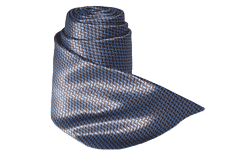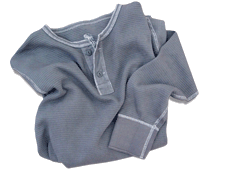Select  
DIVISIONS
CARPET
FLOOR CARE AND SANITATION SYSTEMS
LEATHER TREATMENT
PAPER DYES AND CHEMICALS
PERFORMANCES CHEMICALS
PIGMENTS
SURFACTANTS AND SPECIALTIES
TEXTILE AUXILIARIES AND DYESTUFF

Textile Auxiliaries And Dyestuff

Dyeing...made easy!
Tri-Tex offers its customers a wide range of solutions for the pretreatment process and auxiliaries for dyeing, finishing, and textile printing.
Tri-Tex takes pride in its unsurpassed customer service and sets itself apart from the competition with its dedicated and personalized support.
Partnering with our customers to maximize their efficiency is one of our main priorities.
Tri-Tex also has a dedicated product line for the jean and denim industry.
Additional Information
For information regarding one of our products, or to contact a specific division, click below.
 |
|
Garment Wet Processing

|  | Wet Processing of Cellulose in Garment Form Garment dyeing has been practiced for many years, but this technology has advanced significantly in the last 10 years. Retailers, consumers, and fashion trends created the need for a quick response process and increased flexibility in inventory control.
Garment exhaust dyeing is different from the conventional piece dye process, because the fabric has to be prepared by cationisation, a treatment performed prior to being colored. The anionic pigments have no affinity for cotton and synthetic fabrics when applied in an exhaust bath. The cationic pretreatment creates an attachment that allows the pigments to adhere to the surface of the cotton fabric. This method is suitable for knit goods, although many different methods have been developed to dye woven fabrics such as denim or twill.
The riing dye process is a method of dyeing that results in a wide variety of effects, the most popular being the washed-down and distressed looks. The fiber-against-fiber abrasion inside of the machine and the mechanical action contribute to the old, or worn-out effect to the garment, which appears to have been laundered many times. The effect will vary, whether used in paddle, belly washers or Smith drums.
The advantages of garment dyeing methods include a very flexible and versatile inventory of greige, which can be dyed in small batches in different colors depending on the coloring need. This is also a very short cycle compared to more conventional ways of dyeing, such asreactive or direct.
Some disadvantages should be also considered. The fact that the pigments are applied directly to the surface of the fabric can result in poor dry and wet crocking fastness, comparable to pigment printed fabric.
In this section we will describe many products relevant to the garment wet processing industry, including the newest technologies in the field of garment dyeing. Through the use of meaningful descriptions, colorful diagrams, and color pictures, you will gain a greater understanding of the fundamentals of Tri-Tex`s garment wet processing.

Additional information available.
Booklet of Garment Wet Processing. 74 pages.
Garment wet processing. PowerPoint presentation.
|  | | |
|